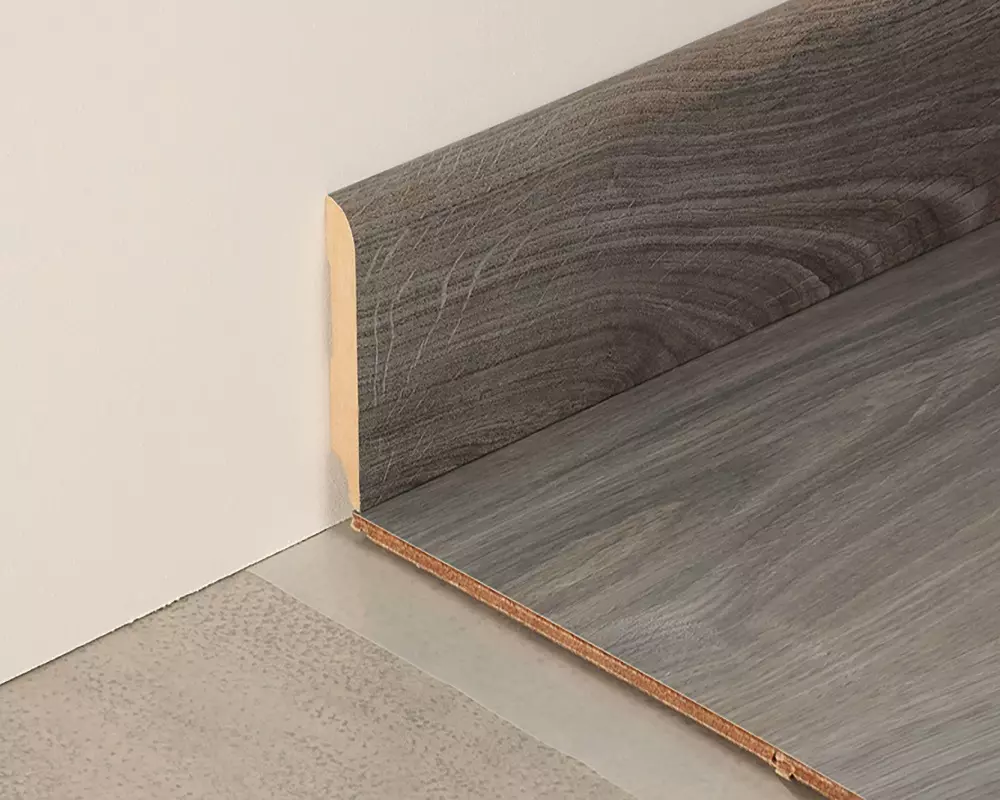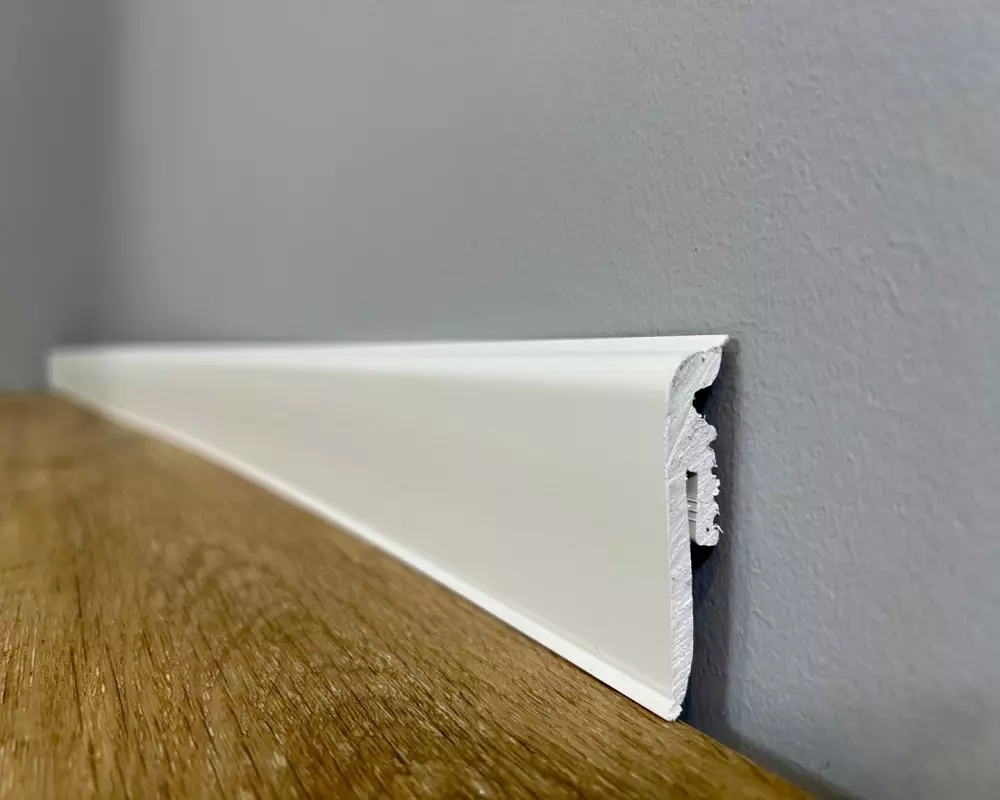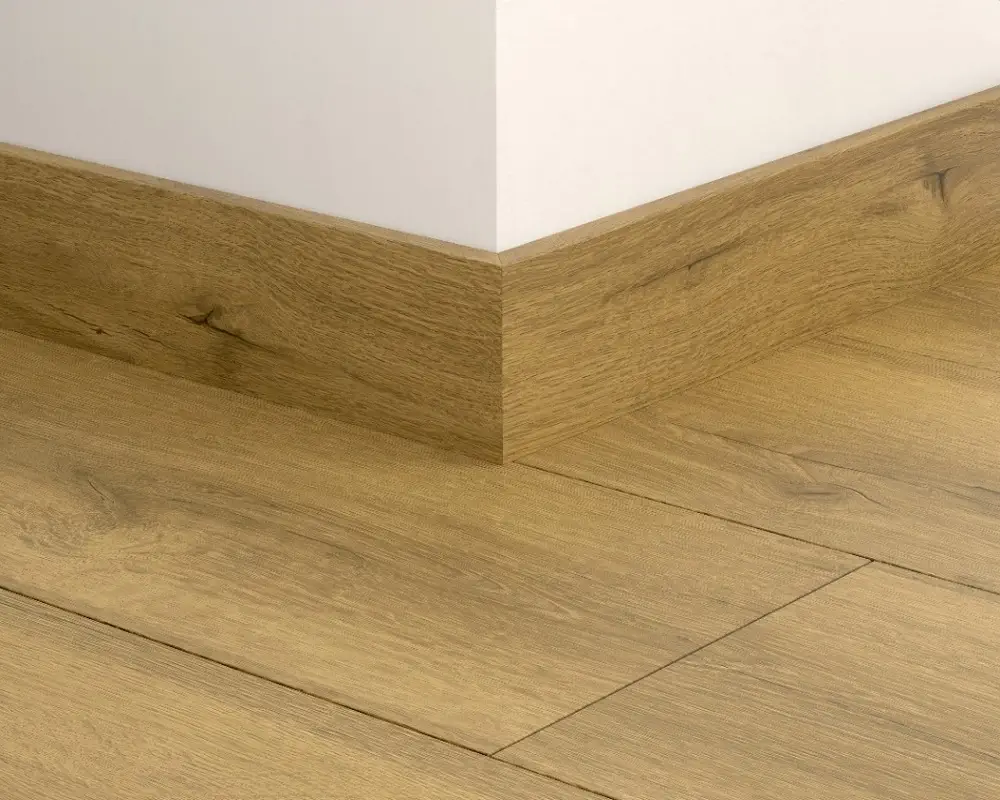FAQ
A: Floor skirting, also known as baseboard or base molding, is a decorative and protective element installed along the bottom of walls, where they meet the floor.
A: Floor skirting serves multiple purposes. It provides protection to both walls and floors, conceals gaps and imperfections, enhances the aesthetics of a room, and can help with insulation.
A: Floor skirting offers several advantages, including protecting walls from damage, covering gaps between the floor and the wall, hiding wires or cables, improving insulation, and adding a finished look to a room.
A: Floor skirting is available in various materials such as wood, PVC, MDF (medium-density fiberboard), and metal. Each material has its own unique characteristics and aesthetic appeal.
A: Yes, many floor skirting options can be customized to match your specific requirements. You can choose the material, color, height, and design that best complements your existing decor.
A: Installing floor skirting can be a DIY project for those with basic handyman skills. However, for a professional and seamless installation, it is recommended to hire a skilled installer.
A: Floor skirting can be cleaned with a damp cloth or a mild cleaning solution. Avoid using abrasive cleaners or excessive moisture. Regular dusting and periodic cleaning will help maintain its appearance.
A: Yes, floor skirting can be installed in various types of flooring, including carpet, hardwood, laminate, vinyl, and tile. The installation method may vary depending on the flooring material.





